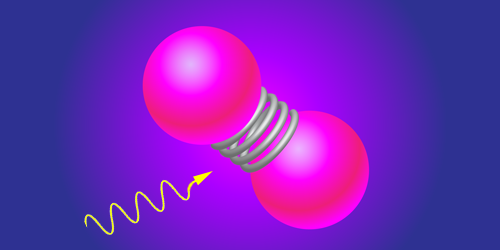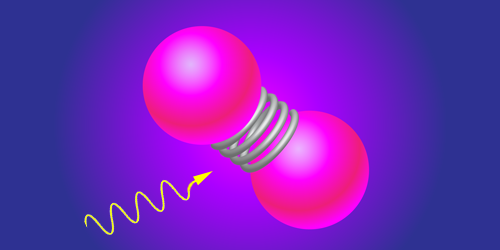Measured Dissociation Energy Doesn’t Match Theory
In the 1920s, physicists tested their new quantum theory by calculating the energy needed to cleave the hydrogen molecule ( ) into two free atoms. The value of this so-called dissociation energy has since been measured and calculated with increasing accuracy, providing ever more stringent tests of quantum theory. A new precision measurement performed at VU Amsterdam and the Swiss Federal Institute of Technology (ETH), Zurich, improves on previous results by more than an order of magnitude and reveals a puzzling discrepancy with recent calculations.
The dissociation energy of is difficult to measure directly. Instead, researchers add up the energies required to split the molecule in stages: first removing one electron to make , then breaking apart the ion into and , and finally adding back an electron to the . Cunfeng Cheng of VU Amsterdam and his colleagues focused on measuring the energy of the first ionizing step, which has the largest uncertainty. As other groups have done, they determined this value by ionizing the molecule, exciting it through a series of intermediate states and summing up the energies from all of the transitions. But they chose a new sequence of transitions—measuring a high-energy transition with vacuum-ultraviolet light at VU Amsterdam and then measuring a lower-energy transition with an ultraprecise continuous-wave infrared laser at ETH.
The team's measurement of the dissociation energy has a relative uncertainty of , so the error bar is small enough that the measured value is clearly different from the most recent theoretical prediction. The calculations may simply need to account for subtle effects from the relativistic motion of the electrons or quantum fluctuations of the vacuum. But more exotic effects, such as a fifth force, are possible. Higher-precision measurements could also be used to determine the size of the proton.
This research is published in Physical Review Letters.
–Mallory Pickett
Mallory Pickett is a freelance writer based in California.





